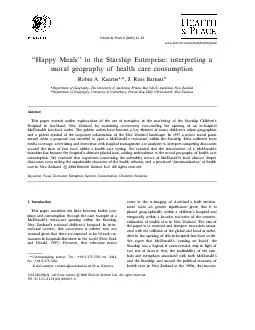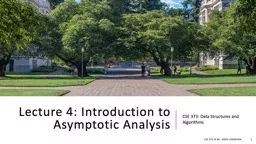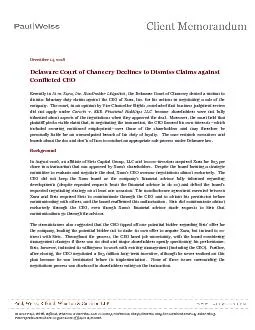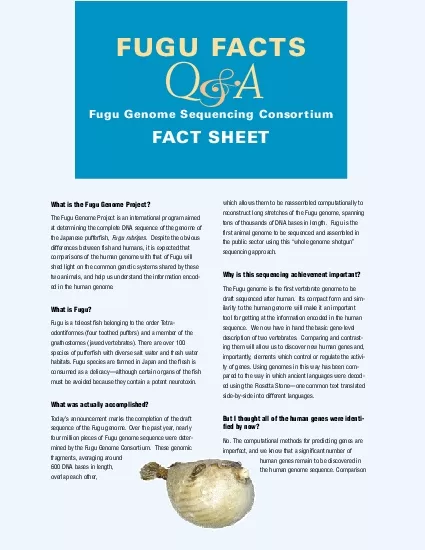PPT-Genome Sciences 373
Author : ellena-manuel | Published Date : 2016-04-08
Genome Informatics Q uiz Section 3 April 14 2015 Reminder Office hours Monday 23pm Foege S110 Topics for today Questions from lecture Homework 2 due tomorrow
Presentation Embed Code
Download Presentation
Download Presentation The PPT/PDF document "Genome Sciences 373" is the property of its rightful owner. Permission is granted to download and print the materials on this website for personal, non-commercial use only, and to display it on your personal computer provided you do not modify the materials and that you retain all copyright notices contained in the materials. By downloading content from our website, you accept the terms of this agreement.
Genome Sciences 373: Transcript
Download Rules Of Document
"Genome Sciences 373"The content belongs to its owner. You may download and print it for personal use, without modification, and keep all copyright notices. By downloading, you agree to these terms.
Related Documents














